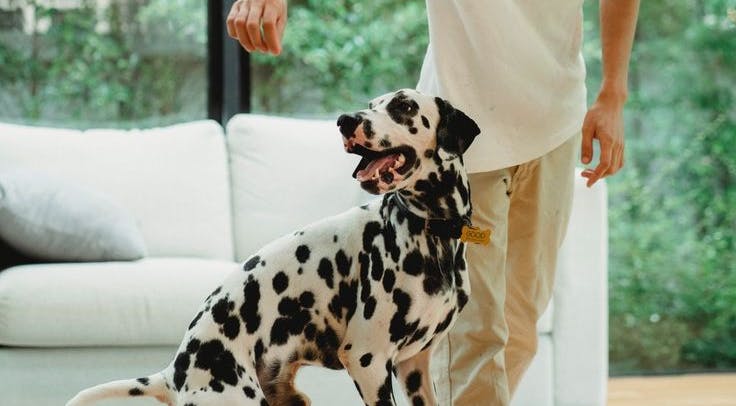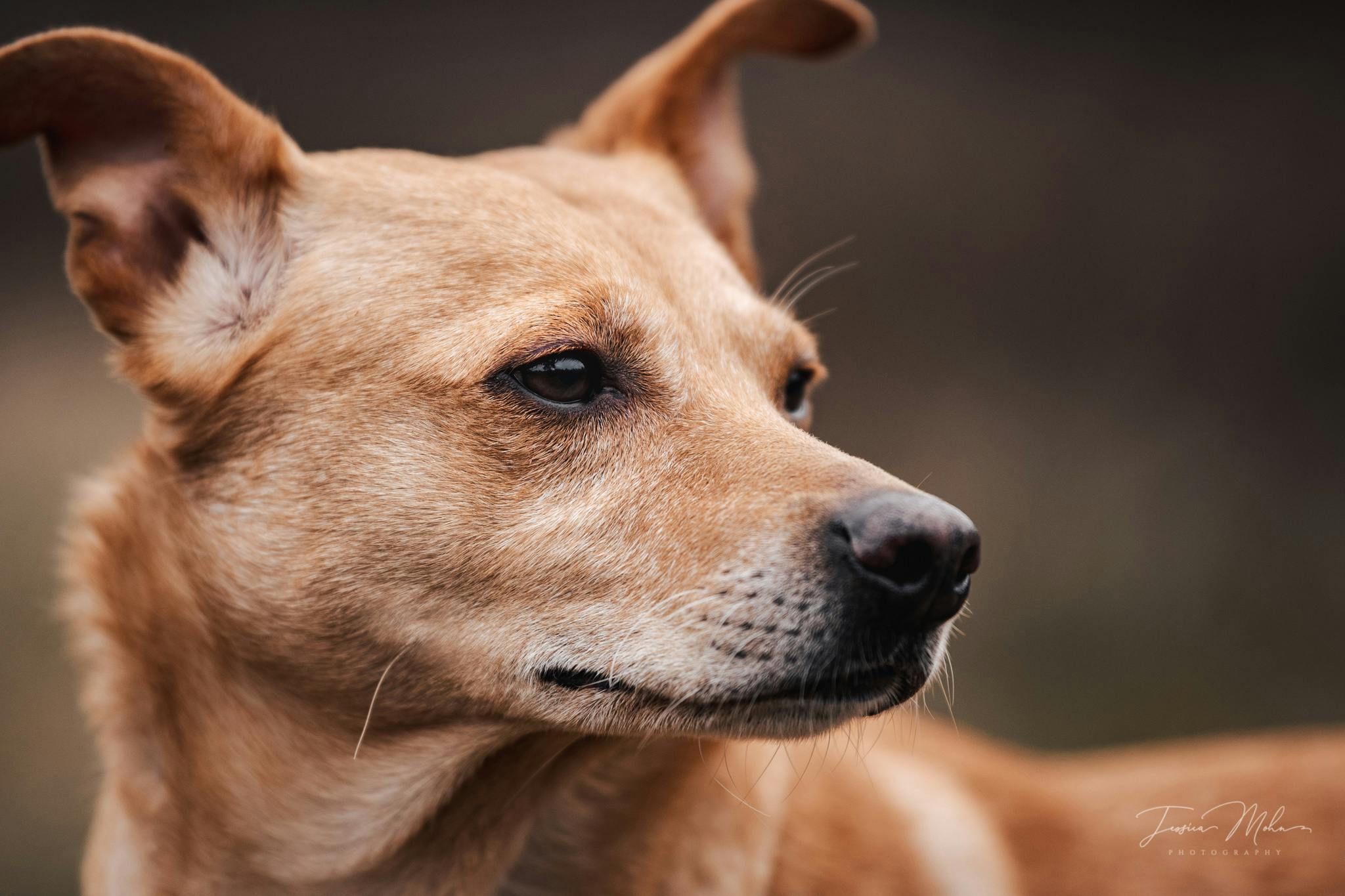How to Prepare Your Home for the Arrival of a New Dog
Bringing a new dog into your life is an exciting experience! However, to make the transition as smooth and stress-free as possible for everyone, careful preparation is key. Setting up a safe and welcoming environment will help your new dog feel comfortable and secure right from the start. Here are some essential steps to get your home ready for the arrival of a new dog.

1. Set Up a Cozy Sleeping Area
Every dog needs a quiet place to rest and feel safe. This could be a dog bed, crate, or a soft blanket in a peaceful corner. Place this bed in a calm area that’s not completely isolated from household activity – dogs are social animals and enjoy being part of the “pack.” However, avoid high-traffic areas so that your dog has a quiet spot to relax.
2. Create a Safe Home Environment
Dogs explore their surroundings with their nose and mouth, so it’s essential to remove any potential hazards, especially in the early days before they learn the house rules. Here are a few measures to take:
- Remove toxic plants: Many common houseplants, such as ivy or lilies, are toxic to dogs. Research pet-safe plants and remove any potentially dangerous ones or keep them out of reach.
- Secure electrical cords: Dangling cords can be tempting for dogs to chew. Make sure cords are hidden or secured so that they’re not within reach.
- Store small objects: Anything that could be swallowed, like socks, small toys, or coins, should be safely stored away.
- Secure trash cans: Dogs can find the trash fascinating. To prevent any “snack” incidents, choose a trash can with a secure lid.
3. Prepare Essential Supplies
Having the basic supplies ready before your new dog arrives will make the transition easier. Here’s what you’ll need:
- Food and water bowls: Set up the bowls in a specific location so your dog knows where their feeding area is. Stainless steel or ceramic bowls are hygienic and durable.
- Leash, collar, or harness: Make sure the leash and collar or harness are prepared in advance so you’re ready for the first walk.
- Dog toys: Chew toys and fetch toys can keep your dog occupied and help prevent them from chewing on furniture or shoes.
- Waste bags: Essential for all walks!
4. Establish Rules and Routines
Dogs thrive on clear rules and routines, as they help them feel secure and balanced. Decide on household rules before your new dog arrives, such as:
- Will the dog be allowed on the couch?
- Are there off-limits areas, like the kitchen or bedroom?
- Who will be responsible for feeding and walking the dog?
Setting these boundaries early will help your dog quickly understand their place in the household.

5. Allow Time for Adjustment
When the big day arrives, remember that dogs need time to adapt to new surroundings. Let your new family member explore at their own pace and get used to the new sights, smells, and sounds. Spend as much time as you can with your dog in the first few days to help them settle in and build trust. Patience and positive reinforcement will go a long way in helping your dog feel at home.
Final Thoughts
With a few simple preparations and attention to your new dog’s needs, you can create an ideal environment for them to feel safe and welcome. Thoughtful preparation makes the transition easier for both you and your dog, laying the foundation for a happy and lasting friendship.


How to Gain the Trust of a Shy Cat
Bringing a shy cat into your home can be a rewarding challenge, but with patience and empathy, even the most timid cats can learn to trust. Many cats are naturally cautious, and a new environment can heighten their anxiety. Here are some valuable steps to help you build trust with a shy cat, one gentle step at a time.

Myths About Adoption - What's The Truth?
The decision to adopt a dog or a cat is an exciting and life-changing experience. Many people turn to animal shelters to offer a new home to an animal in need. However, there are still many myths that discourage potential adopters from choosing this path. In this post, we want to clarify some of the most common myths surrounding the adoption of animals from shelters and show you why these animals can make the perfect companions.
Latest
From our blog
The latest industry news, interviews, technologies, and resources.